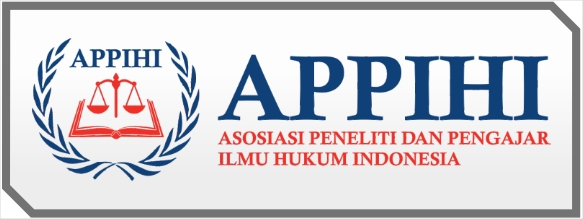Pengembangan Kecamatan Tengaran Berkelanjutan dengan Pendekatan Urban Fringe Development dan Sustainable Small Town Planning
DOI:
https://doi.org/10.55606/sinov.v6i1.805Keywords:
Regional development, Tengaran District, Sustainable Small Town Planning, Urban Fringe DevelopmentAbstract
Tengaran District is administratively part of the Semarang Regency area, but sociomorphologically, spatially and socioeconomically, its development is greatly influenced by the development of Salatiga City to the north and Boyolali Regency to the south. The aim of this research is to provide direction in sustainable urban planning in Tengaran District. Tengaran Urban Planning will be directed towards the sustainable development of small suburban towns. This planning combines 2 main approaches, namely Sustainable Small Town Planning and Urban Fringe Development. The research method used is descriptive qualitative, while the data collection method uses interviews and direct observation in the field. The research results resulted in a morphological division of the Tengaran District development zone into five parts based on regional development characteristics, namely market zone, inner fringe area, intermediate fringe area and outer fringe area, as well as special areas.
Downloads
References
Barke, M. (2019). Fringe Belts. In: Oliveira, V. (eds) J.W.R. Whitehand and the Historico-geographical Approach to Urban Morphology. The Urban Book Series. Springer, Cham. https://doi.org/10.1007/978-3-030-00620-4_3.
BPS Kabupaten Semarang (2024). Kabupaten Semarang dalam Angka 2024. Badan Pusat Statistik Kabupaten Semarang.
BPS Kabupaten Semarang (2024). Kecamatan Tengaran dalam Angka 2023. Badan Pusat Statistik Kabupaten Semarang.
Brown, D. L., Fuguitt, G. V., Heaton, T. B., & Waseem, S. (1997). Continuities in Size of Place Preferences in the United States, 1972–1992 1. Rural Sociology, 62(4), 408-428.
Cattaneo, A., Sánchez, M. V., Torero, M., & Vos, R. (2021). Reducing food loss and waste: Five challenges for policy and research. Food Policy, 98, 101974.
Frantzeskaki, N., McPhearson, T., & Kabisch, N. (2021). Urban sustainability science: prospects for innovations through a system’s perspective, relational and transformations’ approaches. Ambio, 50(9), 1650–1658. https://doi.org/10.1007/s13280-021-01521-1.
Heimlich, R. E., & Anderson, W. D. (2001). Development at the urban fringe and beyond: Impacts on agriculture and rural land (No. 1473-2016-120733).
Kemp, S. E., Ng, M., Hollowood, T., & Hort, J. (2018). Introduction to descriptive analysis. Descriptive analysis in sensory evaluation, 1-39. https://doi.org/10.1002/9781118991657.ch1.
Mayer, H., & Knox, P. (2010). Small-town sustainability: Prospects in the second modernity. European Planning Studies, 18(10), 1545-1565.
Mutshewa, A. (2010). The use of information by environmental planners: A qualitative study using Grounded Theory methodology. Information Processing & Management, 46(2), 212–232. https://doi.org/10.1016/j.ipm.2009.09.006.
Sayoga, A. Aru Hadi Eka. (2022). Potensi Pengembangan Sentra Industri Pakan Ternak di Kecamatan Getasan Kabupaten Semarang. Media Informasi Penelitian Kabupaten Semarang, 4(1), 13–27. https://doi.org/10.55606/sinov.v5i1.212.
Whitehand, J. W. R. (1978). The building cycle and the urban fringe in Victorian cities: a reply. Journal of Historical Geography, 4(2), 181-191.
Yunus, H.S (2005). Struktur Tata Ruang Kota. Yogyakarta: Pustaka Pelajar. ISBN:979-9289066-1.
Ziervogel, G. (2019). Building transformative capacity for adaptation planning and implementation that works for the urban poor: Insights from South Africa. Ambio. https://doi.org/10.1007/s13280-018-1141-9.
Downloads
Published
How to Cite
Issue
Section
License
Copyright (c) 2024 Media Informasi Penelitian Kabupaten Semarang

This work is licensed under a Creative Commons Attribution-ShareAlike 4.0 International License.


















